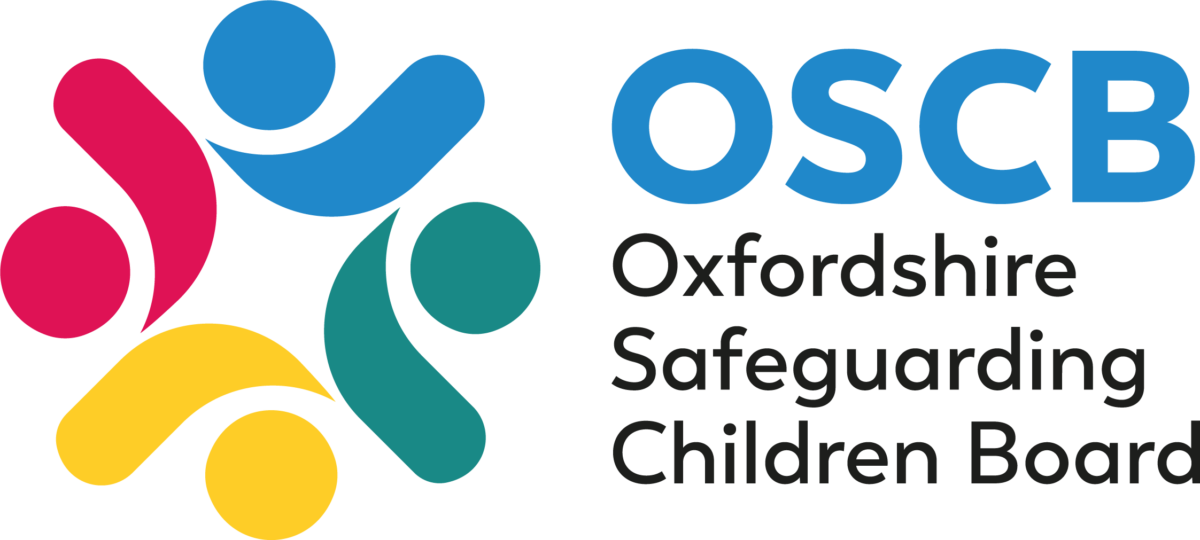Emotional Abuse
The persistent emotional maltreatment of a child such as to cause severe and persistent adverse effects on the child’s emotional development. It may involve conveying to a child that they are worthless or unloved, inadequate, or valued only insofar as they meets the needs of another person. It may include not giving the child opportunities to express their views, deliberately silencing them or ‘making fun’ of what they say or how they communicate.
It may feature age or developmentally inappropriate expectations being imposed on children. These may include interactions that are beyond a child’s developmental capability, as well as overprotection and limitation of exploration and learning, or preventing the child participating in normal social interaction. It may involve seeing or hearing the ill-treatment of another. It may involve serious bullying (including cyber bullying), causing children frequently to feel frightened or in danger, or the exploitation or corruption of children.
Some level of emotional abuse is involved in all types of maltreatment of a child, though it may occur alone, Working Together 2018.
Signs that MAY indicate emotional abuse include:
- Lack of self-confidence/esteem
- Sudden speech disorders
- Self-harming (including eating disorders)
- Misusing substances; e.g. alcohol, drugs. solvents
- Lack of empathy (including cruelty to animals)
- Concerning interactions between parent/carer and the child (e.g. excessive criticism of the child or a lack of boundaries)
Emotional abuse is the ongoing emotional maltreatment of a child. It’s sometimes called psychological abuse and can seriously damage a child’s emotional health and development.
Emotional abuse can involve deliberately trying to scare or humiliate a child or isolating or ignoring them.
Children who are emotionally abused are often suffering another type of abuse or neglect at the same time – but this isn’t always the case.
What does emotional abuse include?
Because there’s an element of emotional abuse in all other types of child abuse and neglect, it can be difficult to spot the signs and to separate what’s emotional abuse from other types of abuse.
Emotional abuse includes:
- humiliating or constantly criticising a child
- threatening, shouting at a child or calling them names
- making the child the subject of jokes, or using sarcasm to hurt a child
- blaming, scapegoating
- making a child perform degrading acts
- not recognising a child’s own individuality, trying to control their lives
- pushing a child too hard or not recognising their limitations
- exposing a child to distressing events or interactions such as domestic abuse or drug taking
- failing to promote a child’s social development
- not allowing them to have friends
- persistently ignoring them
- being absent
- manipulating a child
- never saying anything kind, expressing positive feelings or congratulating a child on successes
- never showing any emotions in interactions with a child, also known as emotional neglect.
https://youtu.be/1G7nohXboIc
